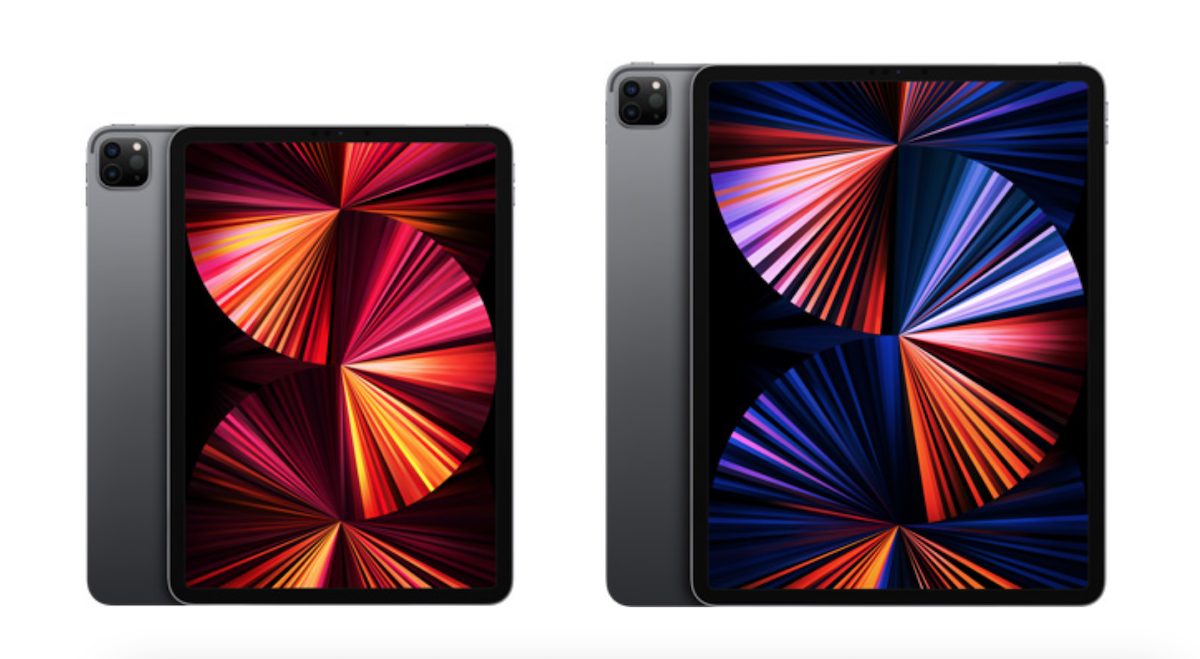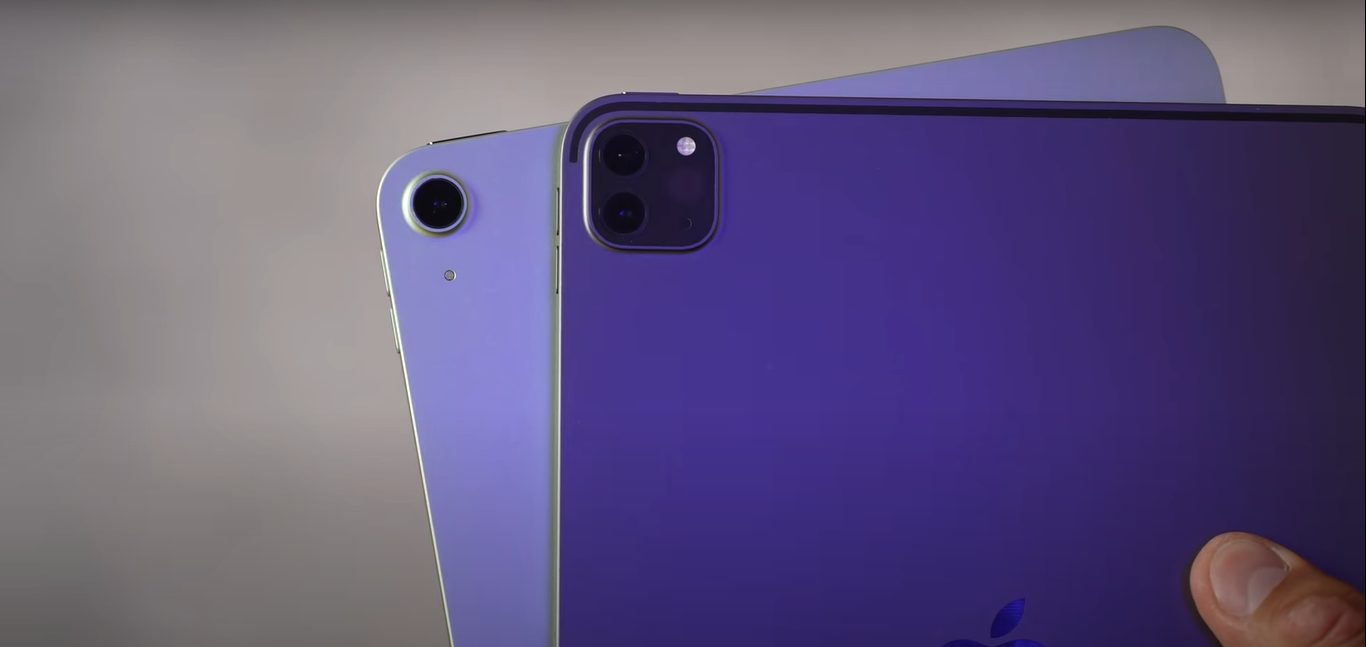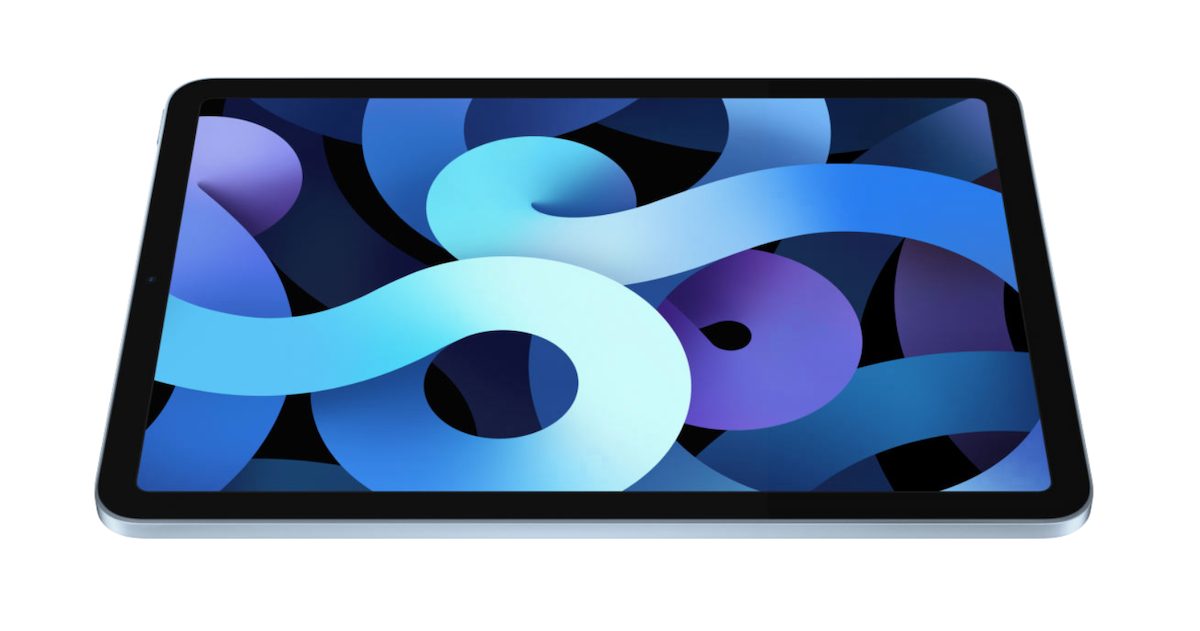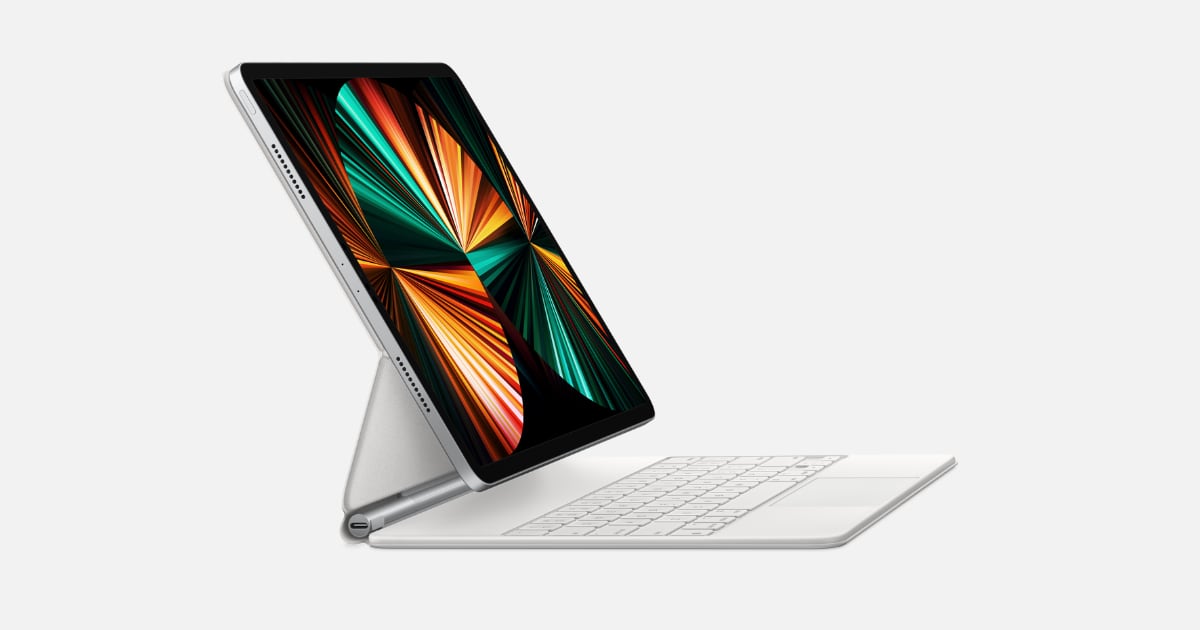Apple’s new M1 iPad Pro is finally in the hands of consumers. The next-generation iPad Pro models come with ultra-fast 5G connectivity, Liquid Retina XDR display, enhanced performance, and more. The M1 iPad Pro also features an all-new 12MP Ultra Wide front camera which offers a Center Stage experience for video calls. According to the first batch of reviews published, the 2021 iPad Pro models combine a stunning display with a stellar performance.
YouTuber Max Tech has taken the ultimate test by pitting the M1 iPad Pro vs iPad Air 4. Max Tech made sure to test and compare everything between the two models. From screen size to the difference of USB-C and Thunderbolt ports, new speakers, and various performance benchmark tests. Read on to find out more.

Huge differences found out in the ultimate test between M1 iPad Pro and iPad Air 4 by YouTuber
Starting off, the front display shows a difference as iPad Air 4 consists of slightly large bezels. M1 iPad Pro carries a larger camera bump at the back as it features LiDAR Scanner that works well for augmented reality, along with higher quality and ultra-wide lens, and flash to read documents.
As far as transfer speeds go, the iPad Pro has Thunderbolt ports that allow it to perform four times faster and it can connect to more devices than iPad Air. Another difference is the introduction of Face ID with iPad Pro. With the iPad Air, users have to place their finger a the top where the button is placed, and they are logged in. Whereas the Face ID is much more convenient as users do not have to place their hands anywhere or perform extra gestures, rather the iPad is logged in as soon as the screen wakes up and scans the user present in front.

The camera for M1 iPad Pro offers a brand new camera that can be accessed ultra-wide allowing the new software to be able to reframe the video, get closer, and many cool extra features for FaceTime and other apps. In the speaker sound performance test, iPad Pro produced a much louder sound and better bass than the iPad Air.
The display is quite identical in terms of sharpness and details, however, the iPad Air limits out in terms of brightness at 500 nits compared to 600 nits by iPad Pro. Meaning that the latter device can play HDR videos easily while the iPad Air can not. In the video, the image pops up more clearly and the extra brightness goes a long way.
One of the major differences is the 60Hz vs 120Hz Pro-Motion display refresh rate which is noticeable in a number of ways. Even on the desktop, the 60Hz seems to be a bit slow and laggy, as compared to the smooth touch provided by 120Hz. The difference can also be looked at while scrolling through websites as the screen itself responds well to 120Hz making the user experience much smoother.

In terms of benchmark scores, the A14 has 4 gigs of RAM while the M1 carries 8 gigabytes of RAM. The test results showed iPad Pro’s performance “almost as equal to the Macbook Pro with the fan”. On Geekbench 5 multi-core test, the M1 iPad Pro stood out with 7302, while the iPad Air 4 stood at 4180, marking a difference of 75%.
On the Geekbench 5 Metal GPU test, A14 iPad Air produced 12,462 whereas the M1 iPad produced 21,326 in terms of graphic performance. On the gamine end, the iPad Pro was tested and gave out 29.2 FPS while the iPad Air gave out just 14 FPS. The difference is much greater in gaming.

Lightroom Photo editing was used to export 50 edited files using standard sharpening, 90% quality, and the full size as well. The M1 iPad Pro managed to export the 50 edited files in 3 minutes and 20 seconds. While the iPad Air took 7 minutes to complete the exact same process.
After all these tests, the question still remains whether the M1 iPad Pro is worth $200 more than the iPad Air 4. The answer is that given the differences and the additional features, the M1 iPad Pro offers a better display, with a 120Hz refresh rate, can play videos in HDR, way better CPU performance and graphics performance, Face ID, better speakers, Thunderbolt ports, and higher quality cameras.
You can check out the full video by Max Tech here.